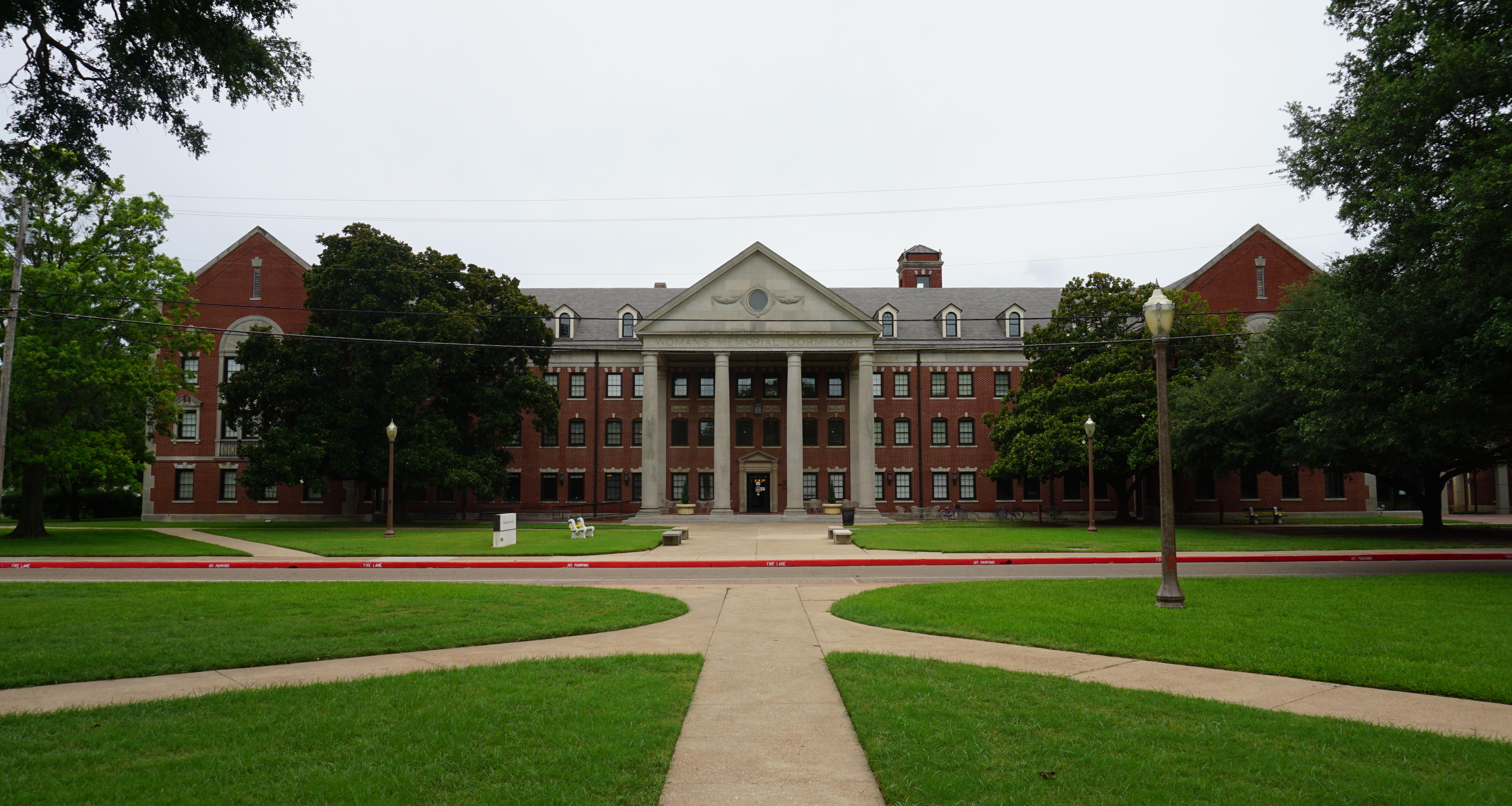11 Stunning College Architectures That Rival the Ivy League
In the realm of higher education, the Ivy League schools have long been revered not only for their academic prowess but also for their stunning architectural marvels that echo historical grandeur and intellectual prestige. However, across the globe, there exists a plethora of college campuses that rival these esteemed institutions with their own unique blend of architectural beauty and innovation. This article takes you on a journey through 11 breathtaking college architectures that stand as testaments to human creativity and cultural heritage. These institutions, each with its distinct architectural style, invite us to witness the fusion of art, history, and education in ways that inspire and captivate. As we delve into each of these magnificent campuses, we'll explore how architecture plays a pivotal role in shaping the identity and experience of a college, making it a space not just for learning, but for living. Join us as we embark on this visual and intellectual exploration of college architecture that promises to rival the Ivy League's finest.
1. The Timeless Elegance of Oxford University

The University of Oxford, with its medieval spires and cobblestone pathways, is a testament to the enduring allure of Gothic architecture. Founded in the 12th century, Oxford's architecture reflects centuries of scholarly pursuit and architectural evolution. Iconic structures like the Radcliffe Camera and the Bodleian Library highlight the university's commitment to preserving its historical roots while embracing modernity. The harmonious blend of ancient stonework and modern facilities creates an atmosphere that is both inspiring and conducive to academic excellence. Oxford's architecture is more than just buildings; it is a living history that continues to shape the intellectual landscape of one of the world's oldest universities.
2. The Modern Majesty of Singapore University of Technology and Design
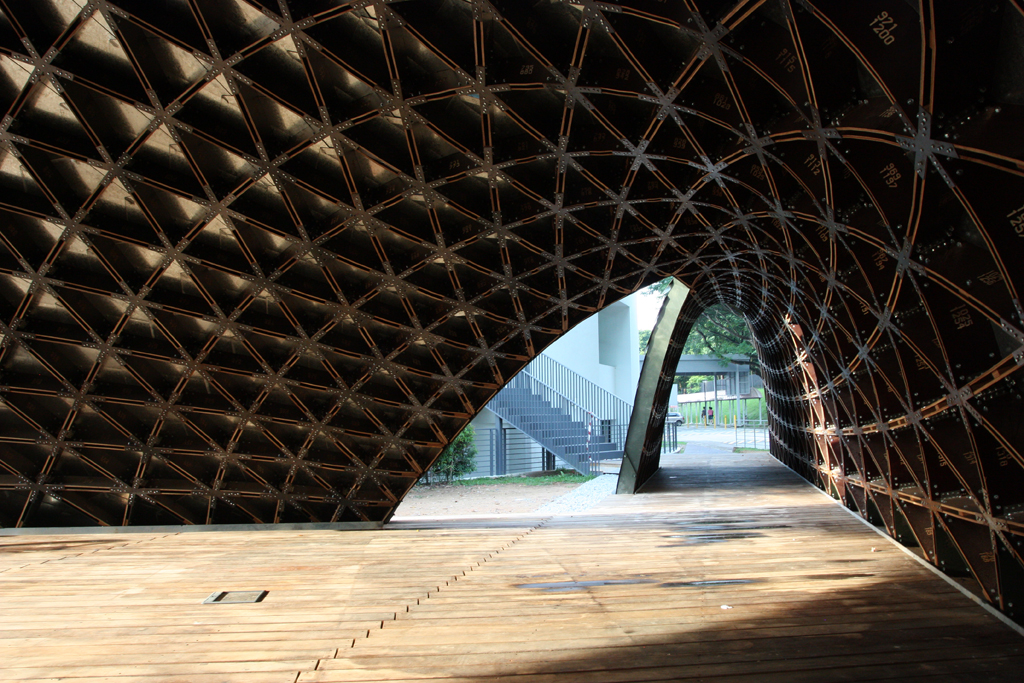
In stark contrast to Oxford's medieval charm, the Singapore University of Technology and Design (SUTD) showcases the cutting-edge of contemporary architecture. Designed by renowned architect Moshe Safdie, SUTD's campus is a marvel of modern design, characterized by open spaces, sustainable structures, and innovative use of technology. The university's architecture reflects its forward-thinking ethos and commitment to fostering creativity and innovation. From its energy-efficient buildings to its collaborative learning spaces, SUTD exemplifies how modern architecture can enhance the educational experience and prepare students for the challenges of the future.
3. The Neo-Classical Grandeur of the University of Virginia

The University of Virginia, founded by Thomas Jefferson, stands as a beacon of neo-classical architecture in the United States. Jefferson's vision for the university was deeply influenced by the principles of the Enlightenment, and this is reflected in the campus's iconic Rotunda and Lawn. The architectural symmetry and use of classical elements such as columns and domes create a sense of order and beauty that has become synonymous with the university's identity. The University of Virginia's architecture not only serves as a backdrop for academic pursuits but also as a symbol of the ideals of democracy and enlightenment that Jefferson championed.
4. The Futuristic Vision of OCAD University
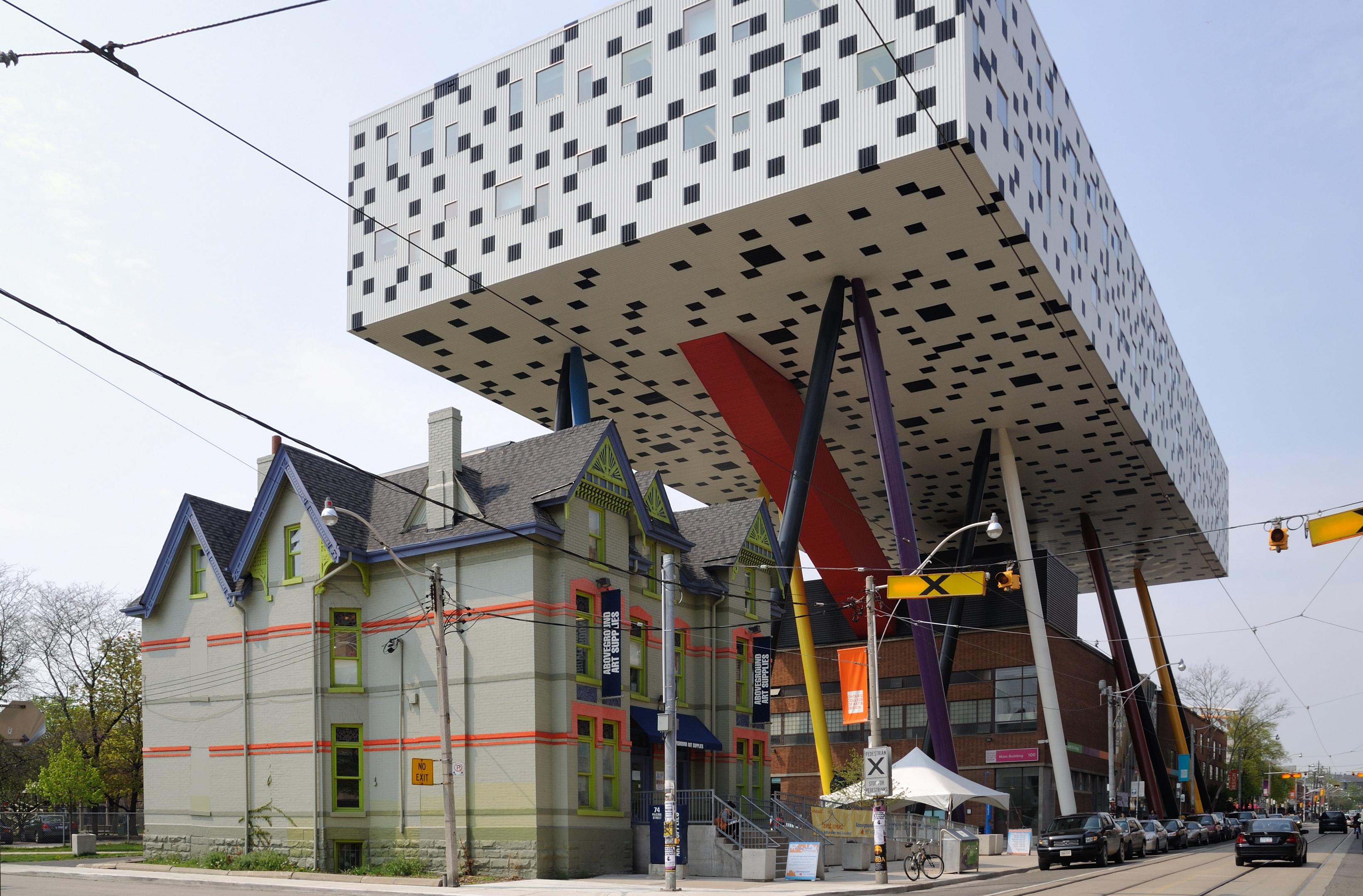
OCAD University in Toronto, Canada, offers a striking example of how architecture can push the boundaries of creativity and imagination. The university's Sharp Centre for Design, a black-and-white checkerboard structure perched on colorful stilts, is a bold statement of modern architectural innovation. Designed by British architect Will Alsop, the building challenges traditional notions of form and function, reflecting the university's focus on art and design. OCAD's architecture inspires students to think outside the box and embrace unconventional approaches to problem-solving, making it a fitting home for Canada's largest and oldest institution for art and design education.
5. The Harmonious Blend of Nature and Architecture at Stanford University
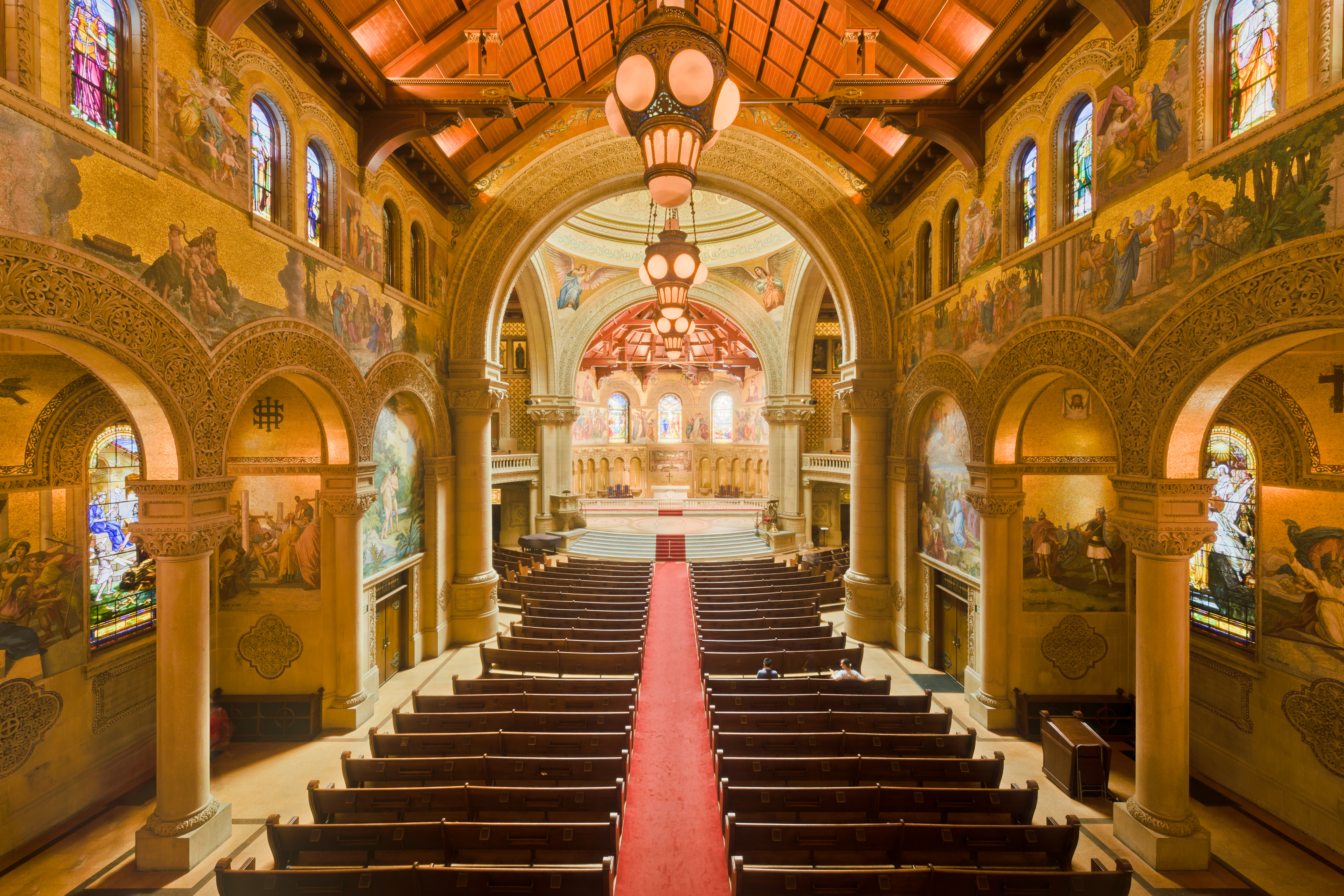
Stanford University, located in the heart of California's Silicon Valley, is renowned for its harmonious integration of architecture and natural landscapes. The campus's distinctive sandstone buildings, red-tiled roofs, and expansive courtyards reflect the Mission Revival style, creating a serene and inviting environment. Stanford's architecture emphasizes the importance of open spaces and connectivity, encouraging collaboration and interaction among students and faculty. The university's commitment to sustainability is also evident in its green building initiatives, which aim to minimize environmental impact while enhancing the campus's aesthetic appeal.
6. The Gothic Revival Splendor of the University of Sydney
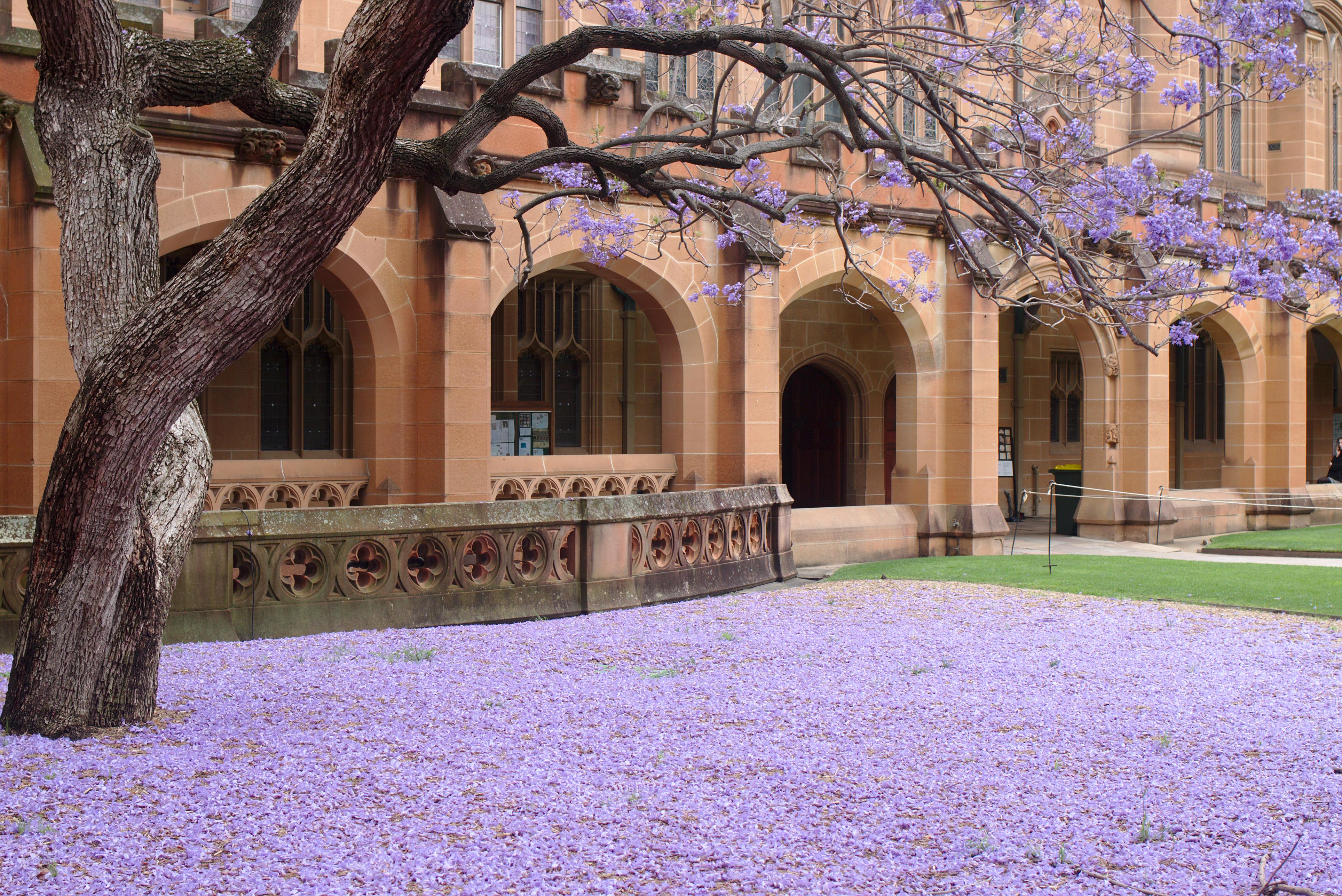
The University of Sydney, Australia's oldest university, is a stunning example of Gothic Revival architecture. Its iconic Quadrangle, with its intricate stone carvings and soaring spires, evokes the grandeur of medieval cathedrals. The university's architecture reflects its rich history and commitment to academic excellence, serving as a source of inspiration for generations of students. The blend of traditional and modern elements on campus creates a dynamic learning environment that honors the past while embracing the future. The University of Sydney's architecture is a testament to the enduring power of design to shape the educational experience.
7. The Cultural Fusion of Al-Qarawiyyin University
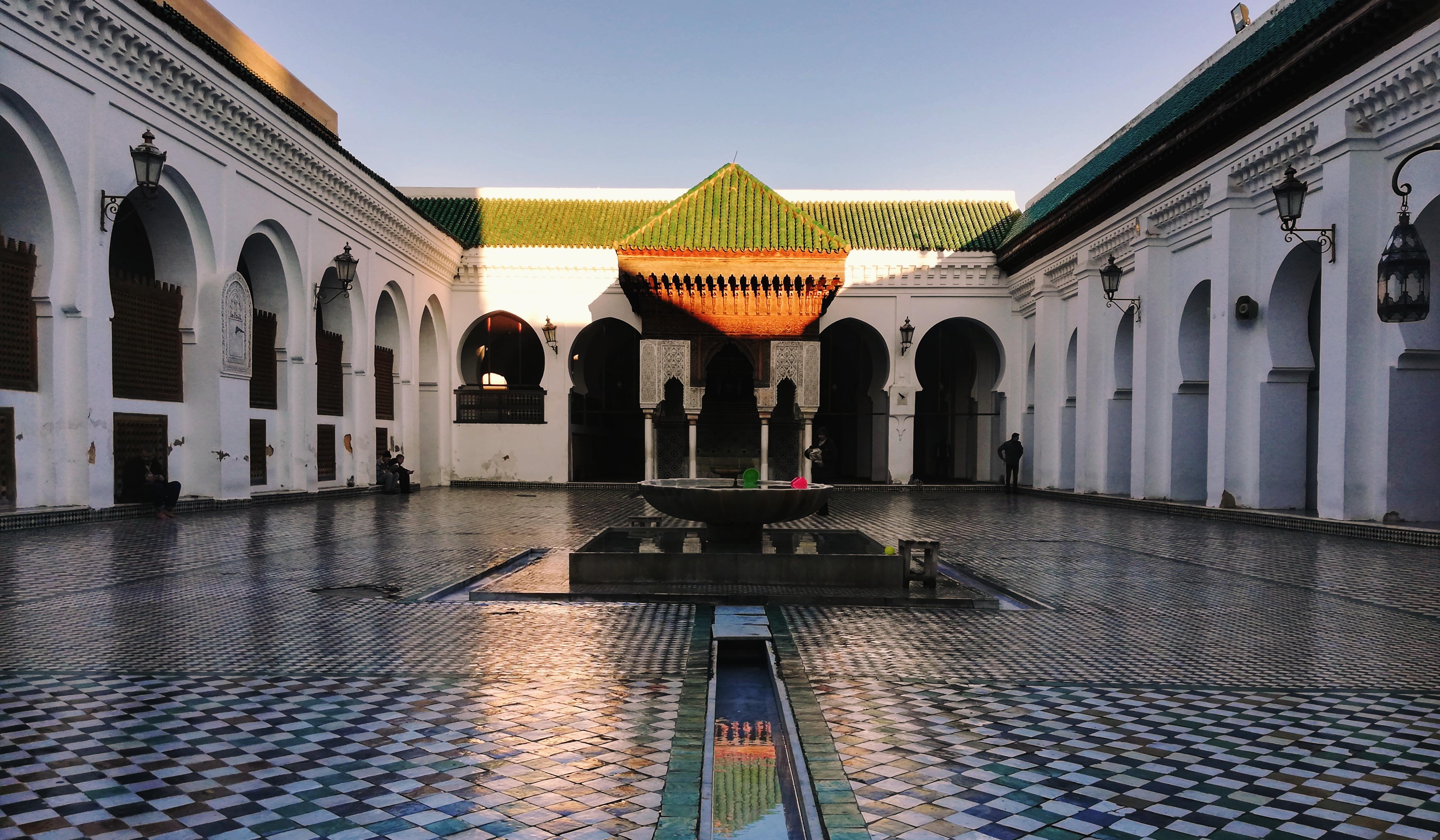
Located in Fez, Morocco, Al-Qarawiyyin University is one of the oldest existing and continually operating educational institutions in the world. Its architecture is a captivating blend of Islamic and Moroccan styles, characterized by intricate tilework, ornate arches, and serene courtyards. The university's design reflects its cultural heritage and commitment to scholarship, offering a unique environment for learning and reflection. Al-Qarawiyyin's architecture serves as a reminder of the rich history of intellectual exchange and cultural fusion that has shaped the Islamic world and continues to inspire scholars today.
8. The Beaux-Arts Brilliance of the University of Helsinki
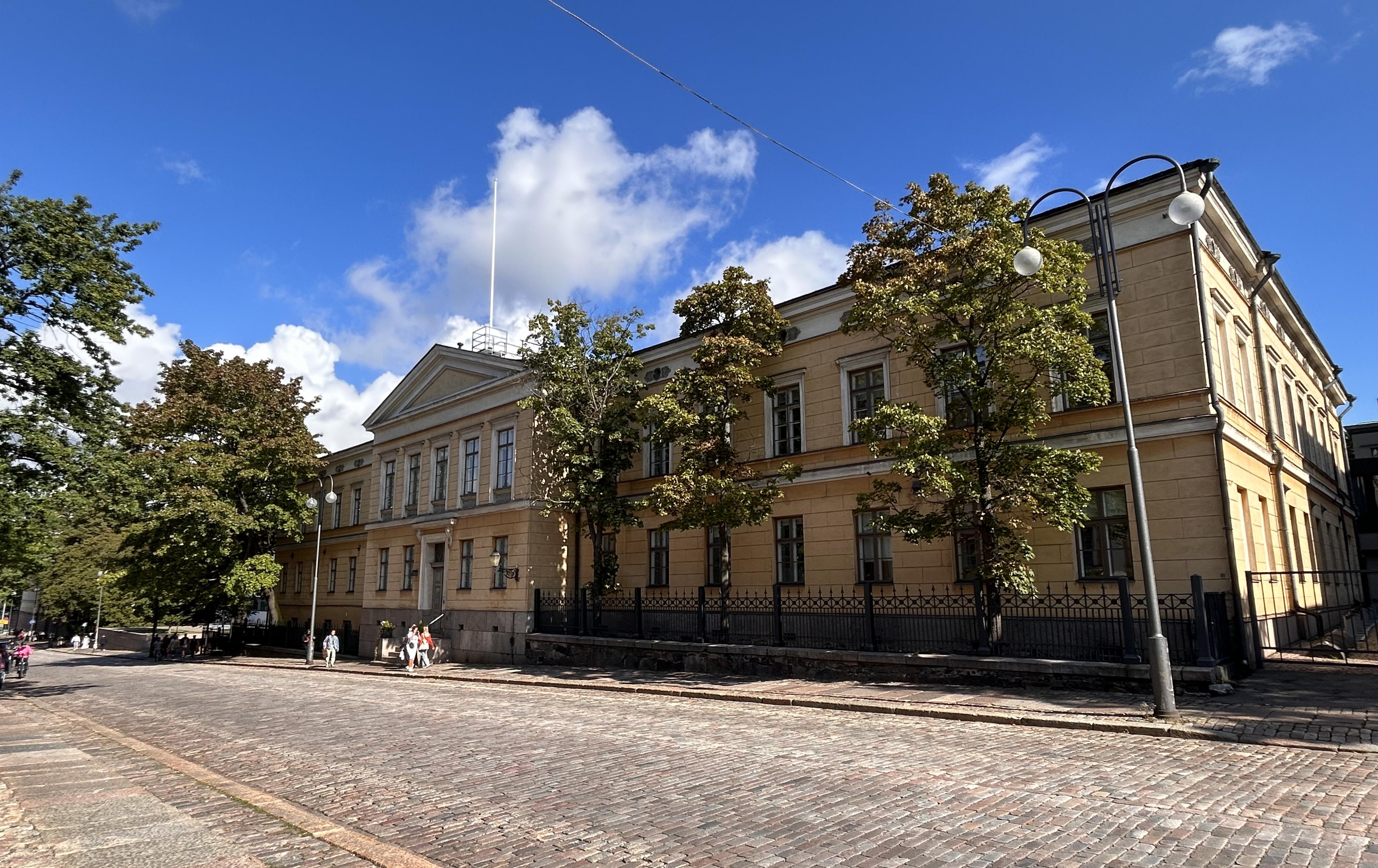
The University of Helsinki in Finland showcases the elegance of Beaux-Arts architecture, characterized by its grand facades, symmetrical layouts, and classical details. The university's main building, designed by Carl Ludvig Engel, is a masterpiece of neoclassical design, reflecting the ideals of beauty and harmony that define the Beaux-Arts style. Helsinki's architecture creates a sense of grandeur and formality, providing a fitting backdrop for academic pursuits. The university's commitment to preserving its architectural heritage while embracing modern innovations is evident in its ongoing restoration and renovation projects.
9. The Renaissance Revival of the University of Salamanca
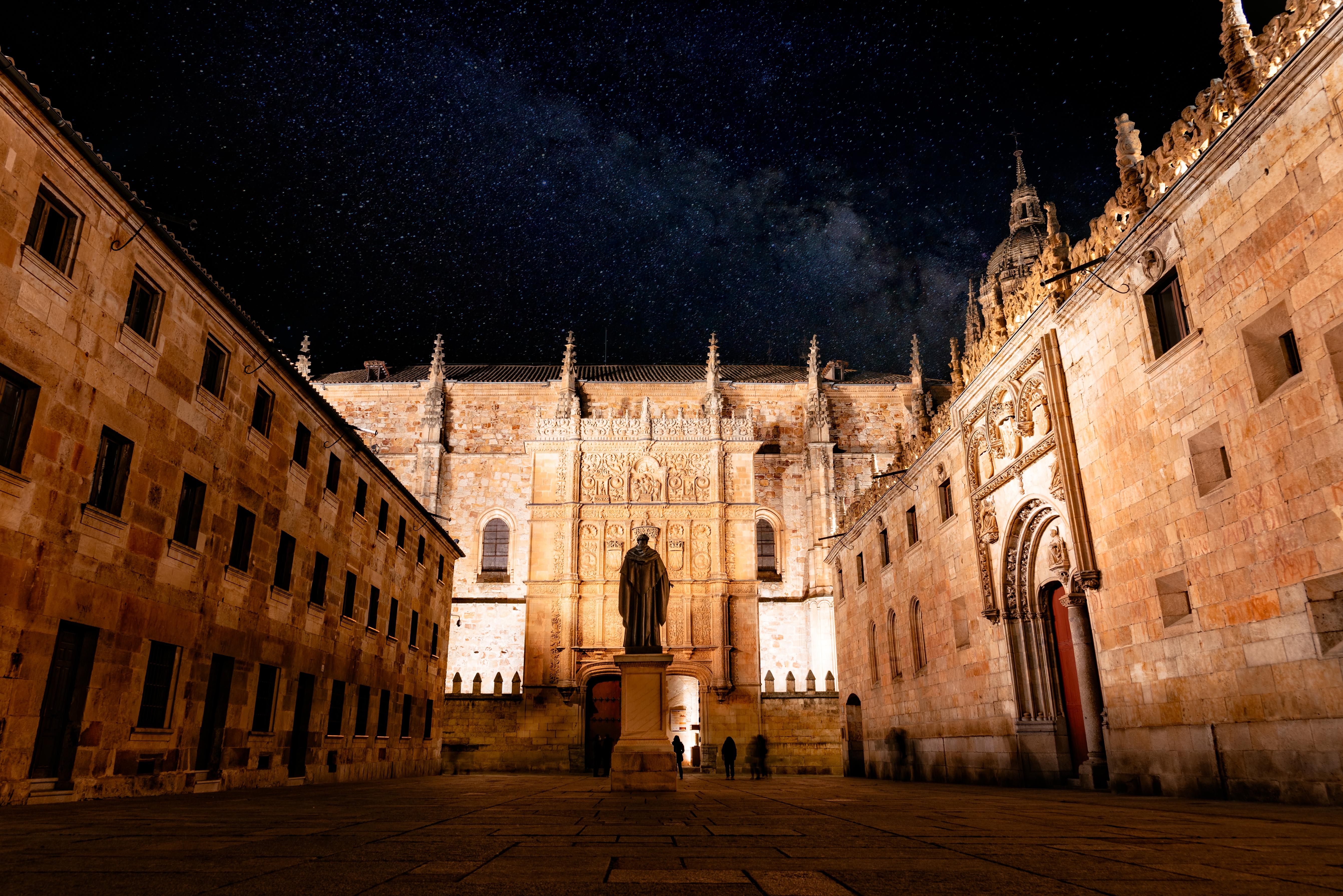
The University of Salamanca in Spain is a stunning example of Renaissance Revival architecture, with its ornate facades and intricate stone carvings. Founded in the 13th century, the university's architecture reflects its long history and cultural significance. The Plateresque style, characterized by its elaborate decorative elements, is a hallmark of Salamanca's buildings, creating a sense of artistic richness and depth. The university's architecture serves as a testament to the enduring legacy of the Renaissance and its impact on education and culture.
10. The Eclectic Charm of the University of Cape Town

Nestled at the foot of Table Mountain, the University of Cape Town in South Africa is known for its eclectic architectural style, which blends elements of Cape Dutch, Victorian, and modern design. The university's distinctive buildings, with their whitewashed walls and gabled roofs, reflect the region's diverse cultural heritage and natural beauty. UCT's architecture creates a vibrant and dynamic learning environment, encouraging exploration and discovery. The university's commitment to sustainability and innovation is evident in its green building initiatives and efforts to integrate technology into the campus experience.
11. The Art Deco Allure of the University of Havana

The University of Havana in Cuba is renowned for its Art Deco architecture, characterized by its geometric shapes, bold colors, and decorative motifs. The university's main building, with its sweeping staircases and intricate details, is a striking example of the Art Deco style, reflecting the optimism and modernity of the early 20th century. Havana's architecture creates a sense of energy and dynamism, providing an inspiring backdrop for academic pursuits. The university's commitment to preserving its architectural heritage while embracing contemporary innovations is evident in its ongoing restoration and renovation projects.
A Global Tapestry of Academic Beauty
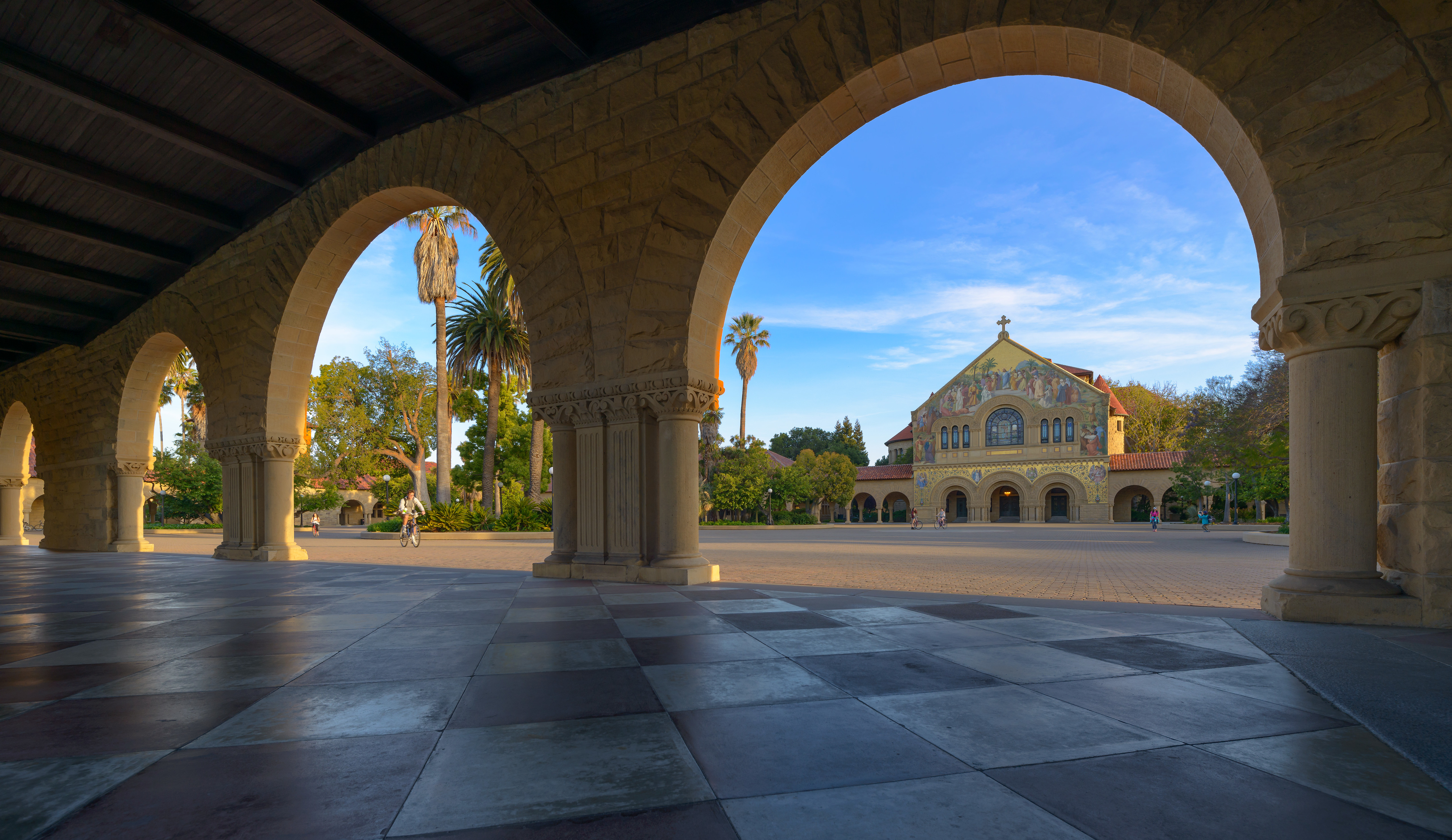
As we conclude our exploration of these 11 breathtaking college architectures, it becomes clear that the beauty and diversity of these campuses extend far beyond their physical structures. Each institution, with its unique architectural style, reflects the cultural heritage, historical significance, and academic values that define it. From the Gothic spires of Oxford to the futuristic designs of SUTD, these campuses offer a glimpse into the rich tapestry of global academic architecture. They remind us that education is not just about the pursuit of knowledge, but also about the spaces in which we learn, grow, and connect. As we celebrate the grandeur of these college architectures, we are inspired to appreciate the power of design to shape our educational experiences and the world around us.






